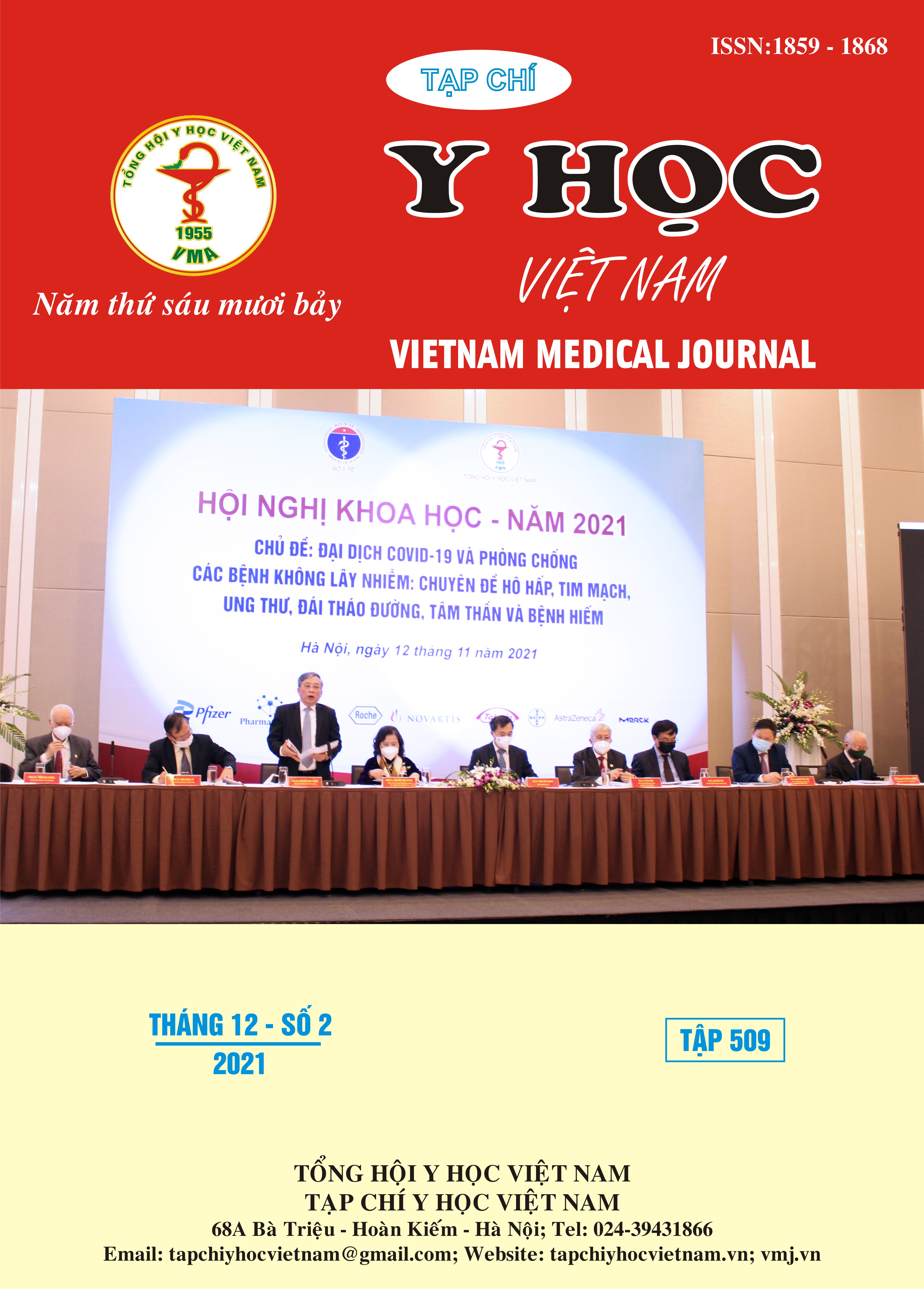EVALUATION OF THE TREATMENT OUTCOME OF PULPOTOMY IN PRIMARY MOLARS OF CHILDREN AGED 4-8 YEARS WITH MTA AND BIODENTINE
Main Article Content
Abstract
Pulp pathology in deciduous teeth is one of the most common diseases in children. In order to treat this one, a number of methods has been used and pulpotomy is one of the most popular techniques. The effectiveness of this method depends on some factors, especially the material placed in the pulp chamber. Therefore, the aim of this study was to compare the effectiveness of Biodentine to MTA used as pulpotomy agents in primary molars of children 4-8 years old. This was a randomized controlled trial study. A total of 192 primary molar teeth which had indication for pulpotomy in 77 patients aged from 4 to 8 years were assessed in the study. Random assignment of the pulpotomy medicaments was done as follows: Group I, MTA (n=96); Group II, Biodentine (n=96). The clinical and radiographic success rates were 98,7%; 96,1% of group I and 98,8%; 97,6% of group II after 9 months follow-up, respectively. They were not different statistically (p>0,05). Pulpotomy treatment using Biodentine and MTA had similar success rates in primary molar teeth at the end of the 9 month follow-up period. The clinical trials with longer follow-up periods are required to accurately evaluate the effectiveness of this material.
Article Details
Keywords
Primary molar teeth, Pulpotomy, Biodentine, MTA
References
2. Eidelman E, Holan G, Fuks AB. Mineral trioxide aggregate vs formocresol in pulpotomized primary molars: a preliminary report. Pediatric Dentistry. 2001;23,15–18.
3. Torabinejad M, Chivian N. Clinical applications of mineral trioxide aggregate. Journal of Endodontics. 1999;25,197– 205.
4. Marconyak Jr LJ, Kirkpatrick TC, Roberts HW et al. A comparison of coronal tooth discoloration elicited by various endodontic reparative material. J Endod. 2016;42(3):470-473.
5. Andiara De Rossi et al. Comparison of Pulpal Responses to Pulpotomy and Pulp Capping with Biodentine and Mineral Trioxide Aggregate in Dogs. J Endod. 2014;40(9):1362-1369.
6. Chen JW, Jorden M. Materials for primary tooth pulp treat- ment: the present and the future. Endod Topics. 2010;23:41–49.
7. Nowicka A, Wilk G, Lipski M, Kołecki J, Buczkowska-Radlińska J. Tomographic evaluation of reparative dentin formation after direct pulp capping with Ca(OH)2, MTA, biodentine, and dentin bonding system in human teeth. J Endod. 2015;41:1234–1240.
8. Rajasekharan S, Martens LC, Vandenbulcke J, et al (2016). Efficacy of three different pulpotomy agents in primary molars: a randomized control trial. Epub, 50, 3, 215-228.
9. Nasrallah H, El Noueiri B, Pilipili C, Ayoub F. Clinical and Radiographic Evaluations of BiodentineTM Pulpotomies in Mature Primary Molars (Stage 2). Int J Clin Pediatr Dent. 2018;11(6):496-504.


